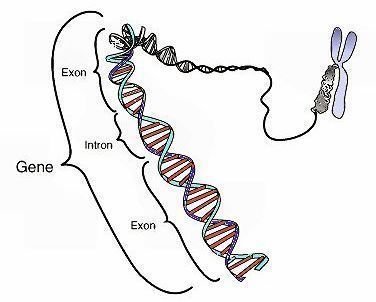Learn How to Understand the Importance of Turner Syndrome Karyotype Notation
Turner syndrome karyotype notation helps determine whether a female is missing a copy of the X chromosome, or whether the X chromosome is altered. An altered X chromosome or missing X chromosome can cause Turner syndrome, so it’s important to understand each person’s risk for developing the condition. This disorder only affects females and occurs when one of the sex chromosomes (an X chromosome) loses genetic material.
What Is a Karyotype?
Simply put, a karyotype is a picture of an individual’s chromosomes. This picture is obtained by isolating the chromosomes, staining them, and then examining the chromosomes under a microscope. In most cases, the white blood cell chromosomes are used when karyotyping. Once they are analyzed, the picture is cut up and then arranged by the size of the chromosomes, lined up from the biggest to the smallest. Once they are lined up, they are looked at, by a trained cytogeneticist, who checks to see if there are any extra or missing pieces.
There are 23 numbered pairs of chromosomes and these are referred to as autosomes. The 23rd pair, which is the last pair, are the sex chromosomes. All females should have two X chromosomes.
Genetic Notation
To understand Turner syndrome karyotype notation, it is important to understand what a genetic notation is. A genetic notation is necessary when specifying recessive and dominant alleles and identifying genetic loci. Put simply, it is a genetic analysis tool. Several karyotype notations are associated with Turner syndrome. They include the following:
- 45, X
- 45, X/46, XX
- 46, X, del (X)
- 45, X/47, with a triple X
Turner Syndrome
Most females are diagnosed during infancy or during early childhood, but in some cases, females are not diagnosed until they are adolescents or young adults. A late diagnosis usually occurs when the individual presents with mild symptoms.
Symptoms noticed at birth or during infancy include web-like or wide neck, delayed growth, small or receding lower jaw, height that is slightly shorter than average, roof of the mouth that is narrow and high, feet and hand swelling, low hairline on the back of the individual’s head, upward-turned fingernails, drooping eyelids, cubitus valgus, widely-spaced nipples and broad chest, and short hands.
Those who only have mild symptoms, which are typically not noticed at birth, present with a different set of symptoms. These include no growth spurts during childhood, infertility and inability to conceive, short stature, an end to menstrual cycles, learning disabilities (particularly with math or spatial concepts), stalled sexual development, social difficulties, and failure to experience the sexual changes that should occur during puberty.
This disorder cannot be cured, but it can be treated. The two main treatments include growth hormone and entrogen therapy. Growth hormone is injected several days a week to help the patient experience growth spurts as they should. Estrogen therapy is administered throughout the patient’s life, until menopause, to help her start puberty and reach normal sexual development as an adult. Women who experience infertility may seek fertility treatments to conceive children.
References
Mayo Clinic website. Turner Syndrome.
Klug, William and Cummings, Michael. Modification of Mendelian Ratios in Essentials of Genetics published by Pearson Education.
Chromosome 18 Registry and Research Society. What is a Karotype?
Image Credits
Gene: National Human Genome Research Institute – Wikimedia Commons
